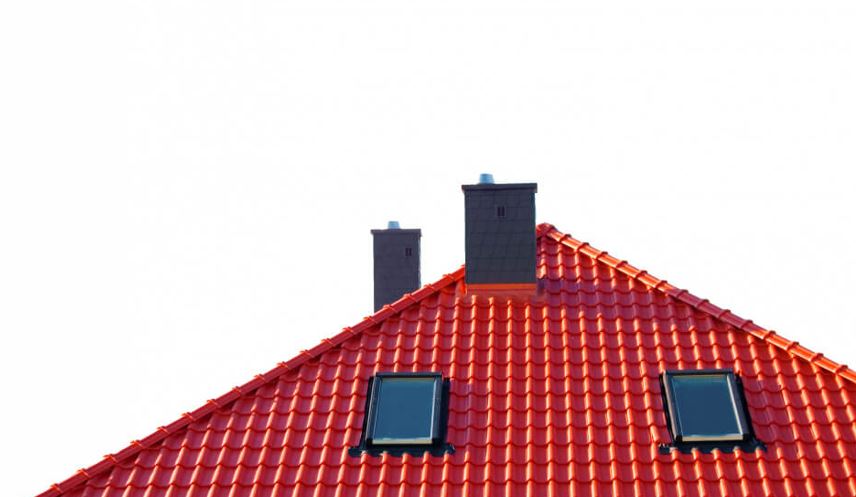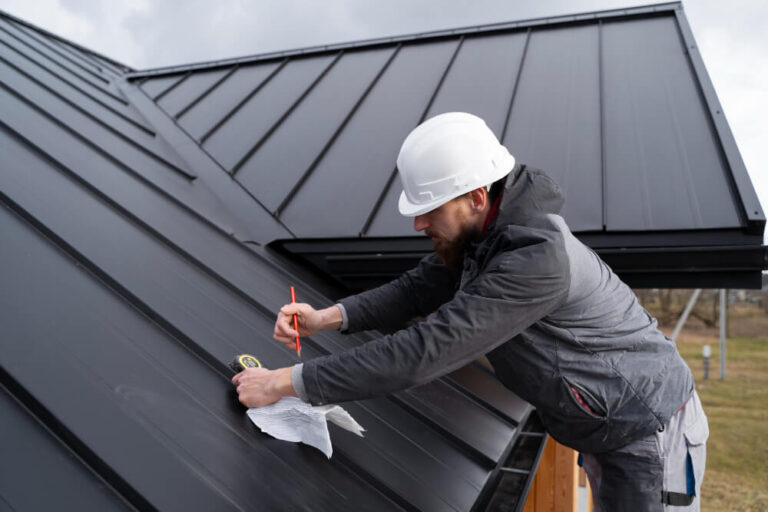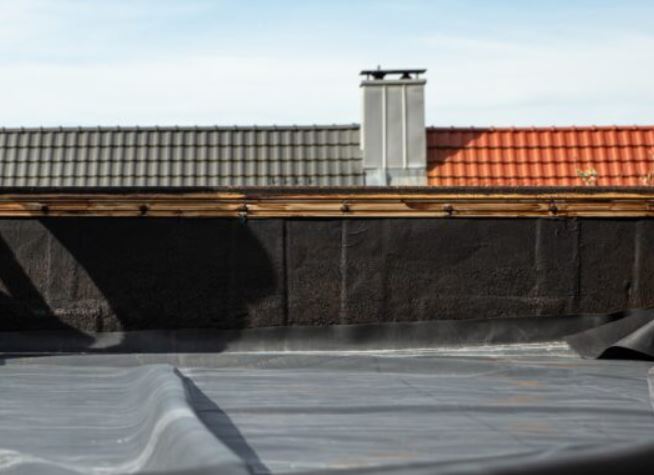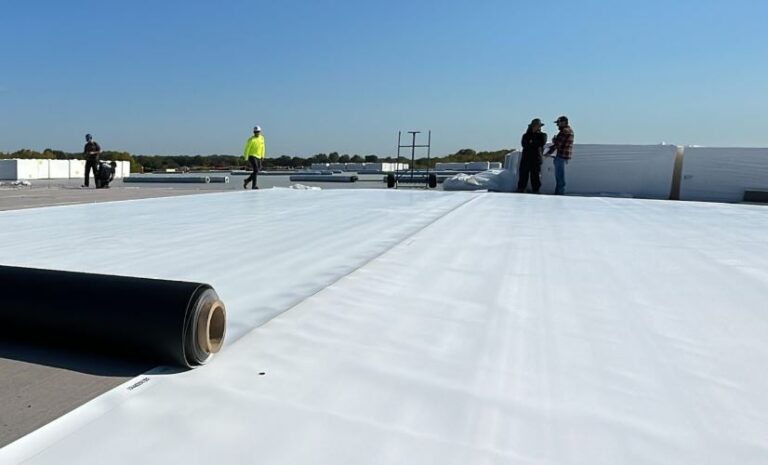In 2025, roof replacement costs for a 1,600 square foot house typically range from $9,000 to $28,000. This estimate accounts for inflation, material price hikes, and labor increases. Factors like materials, location, and roof design drive the variation. Read on for a comprehensive breakdown.
Factors That Influence Roof Replacement Costs on a 1600 Square Foot House
Multiple elements shape the total price. Contractors assess these details to generate quotes. You gain better control over your budget when you understand them.
Roof Size and Measurement
A 1,600 square foot house features a living space of that size, but the roof area exceeds it. Roofers use “squares” for measurement, with each square covering 100 square feet. For your home, the roof might span 1,800 to 2,400 square feet due to pitch, overhangs, and features like chimneys or valleys.
You add 10-25% for waste during installation. A basic hip roof on a single-story home could measure 18-22 squares. Multi-level or steep designs push it to 24 squares or more. Contractors measure precisely on-site to avoid surprises.
Roofing Materials
Materials constitute 40-60% of the expense. You select based on lifespan, appearance, and local weather conditions. Prices rose 5-8% in 2025 due to supply chain adjustments and demand for sustainable options.
- Asphalt Shingles: Popular and affordable. They cost $3.50 to $5.50 per square foot installed. For a 2,000 square foot roof, you pay $7,000 to $11,000.
- Metal Roofing: Offers longevity and reflects heat. Prices range from $8 to $13 per square foot. Total: $16,000 to $26,000 for 2,000 square feet.
- Tile or Slate: Provides premium durability in harsh climates. They run $11 to $22 per square foot. Expect $22,000 to $44,000, though suitability depends on roof structure.
- Wood Shakes or Cedar: Delivers a rustic appeal but requires maintenance. Costs: $7 to $10 per square foot, totaling $14,000 to $20,000.
- Synthetic or Composite Options: Eco-friendly alternatives mimic natural materials at $6 to $12 per square foot, offering $12,000 to $24,000 totals.
Material trends in 2025 favor recycled and energy-efficient products, which qualify for tax incentives.
Labor and Installation
Labor forms 30-50% of the cost. Roofers charge $2.50 to $5.50 per square foot for skilled work. A crew of 4-6 professionals finishes a 1,600 square foot house in 2-5 days, depending on complexity.
You encounter higher rates for intricate roofs. A high pitch demands harnesses and scaffolding, adding $600 to $1,200. In 2025, labor shortages in some areas increased rates by 5%, especially in urban centers.
Location and Regional Variations
Your location impacts costs significantly. Dense populations and strict codes elevate prices. National averages rose 6% in 2025 from economic factors.
- Midwest: $9,000 to $16,000 for asphalt on 1,600 square feet.
- South: $8,000 to $13,000, benefiting from year-round workability.
- West Coast: $11,000 to $22,000, due to earthquake-resistant requirements.
- Northeast: $10,000 to $20,000, with cold-weather preparations adding extras.
Permits cost $250 to $1,200, and some areas mandate energy audits.
Additional Expenses
You budget for these often-overlooked items to avoid budget overruns.
- Old Roof Removal: Roofers strip and haul away debris at $1.50 to $3.50 per square foot, adding $3,000 to $7,000.
- Underlayment, Flashing, and Decking: Protects against leaks. Costs: $1.50 to $2.50 per square foot, or $3,000 to $5,000.
- Ventilation Systems and Insulation: Enhances airflow and efficiency, adding $600 to $2,500.
- Structural Repairs: Fixes rot or damage, costing $1,500 to $6,000 if discovered during tear-off.
- Warranties and Insurance: Manufacturer guarantees add $300 to $600.
Weather delays or custom features like solar integration can increase totals by 10%.
Also Check: How Much Does It Cost To Replace A Roof For A 2200 Square Foot House?
Average Roof Replacement Costs for a 1,600 Square Foot House in 2025
Industry data from 2025 shows these ranges for a typical 2,000 square foot roof area. We base them on moderate complexity and U.S. averages.
- Low-End (Basic Asphalt Shingles): $9,000 to $13,000. Includes 3-tab shingles and standard installation.
- Mid-Range (Architectural Shingles or Basic Metal): $13,000 to $20,000. Features upgraded materials and minor enhancements.
- High-End (Premium Metal, Tile, or Slate): $20,000 to $28,000. Incorporates luxury options and advanced features.
Calculate your estimate: Determine squares (e.g., 20), multiply by per-square-foot rate (e.g., $450 for mid-range), and add 15% for variables.
Check out our roofing cost calculator for an accurate cost analysis.
Step-by-Step Cost Breakdown for Sample Scenarios
Examine these examples for a 1,600 square foot house with a 2,000 square foot roof (20 squares). We use 2025 pricing.
Basic Asphalt Scenario
- Materials: $4,500 (asphalt at $2.25 per square foot).
- Labor: $5,500 ($275 per square).
- Removal: $2,500.
- Permits: $600.
- Miscellaneous: $1,800.
- Total: $14,900.
Mid-Range Metal Scenario
- Materials: $9,000 (metal at $4.50 per square foot).
- Labor: $6,500 ($325 per square).
- Removal: $3,000.
- Permits: $800.
- Miscellaneous: $2,200 (includes enhanced ventilation).
- Total: $21,500.
High-End Tile Scenario
- Materials: $15,000 (tile at $7.50 per square foot).
- Labor: $8,000 ($400 per square, due to weight handling).
- Removal: $4,000.
- Permits: $1,000.
- Miscellaneous: $3,000 (structural reinforcements).
- Total: $31,000 (exceeds average for premium choices).
Adjust these for your roof’s specifics, such as adding $2,000 for a steep pitch.
Pros and Cons of Different Roofing Materials
You weigh options carefully. Here’s a balanced view.
- Asphalt Shingles: Pros – Affordable, easy installation, wide color variety. Cons – Shorter lifespan (20-30 years), prone to wind damage.
- Metal Roofing: Pros – Lasts 40-70 years, fire-resistant, recyclable. Cons – Higher upfront cost, noisy during rain.
- Tile or Slate: Pros – Extremely durable (50+ years), aesthetically pleasing. Cons – Heavy, requires strong support, expensive repairs.
- Wood Shakes: Pros – Natural insulation, unique look. Cons – Fire risk, needs regular treatments, attracts pests.
Choose materials that match your home’s style and local climate for long-term value.
Also Check: How Long Does A Roof Last?
Financing Options for Roof Replacement
You manage costs through various funding methods in 2025.
- Home Equity Loans: Borrow against your home at 6-8% interest, ideal for large projects.
- Personal Loans: Unsecured options with rates of 7-12%, quicker approval.
- FHA 203(k) Loans: Government-backed for renovations, covering up to $35,000.
- Manufacturer Financing: Some brands offer 0% interest for 12-24 months.
- Tax Credits: Claim up to $600 via the Inflation Reduction Act for energy-efficient roofs.
Compare rates and terms to minimize interest payments.
How to Choose a Reliable Contractor
You select wisely to ensure quality. Verify licenses, insurance, and references. Request written quotes from at least three pros. Check reviews on sites like Angi or BBB. Ask about warranties—reputable contractors provide 5-10 years on workmanship.
Tips to Manage and Reduce Roof Replacement Costs
You take proactive steps to lower expenses.
- Time the project for off-peak seasons like late fall or winter for 5-15% savings.
- Obtain multiple bids and negotiate based on detailed scopes.
- Opt for materials with rebates, such as ENERGY STAR-rated shingles for up to $600 back.
- Perform regular maintenance to prolong your current roof’s life.
- Bundle with other home improvements for contractor discounts.
Steer clear of unlicensed workers to protect your investment.
When to Replace Your Roof
You monitor for indicators like missing shingles, interior leaks, or moss growth. Asphalt roofs endure 20-30 years, metal up to 60. Schedule professional inspections every 2-3 years, or after severe weather.
Frequently Asked Questions
What is the cheapest roof replacement option?
Asphalt shingles offer the most budget-friendly roof replacement. They deliver reliable protection cheaper than metal or tile. For a 1,600 square foot house with 2,000 square foot roof, costs range from $9,000 to $13,000 in 2025. This covers basic 3-tab shingles, standard installation, and few extras. Prices remain low thanks to easy availability and simple application, suiting homeowners who want value and durability in moderate climates.
How long does roof replacement take?
Roof replacement time depends on size, materials, weather, and crew. For a 1,600 square foot house, projects typically last 2 to 5 days. Simple asphalt jobs on single-story homes finish in 2-3 days with 4-6 roofers. Complex metal or tile on multi-level roofs extend to 4-5 days for safety and fitting. Weather delays occur from rain or wind, so schedule in dry seasons for efficiency.
Does insurance cover roof replacement?
Homeowners insurance covers roof replacement for specific damages, depending on cause and policy. It reimburses for sudden events like hail or storms, but not gradual wear from age or neglect. In 2025, qualifying damage yields full or partial payout after $500-$2,000 deductibles. Review your policy, document with photos, file claims quickly, and consult agents for limits or exclusions like old roofs.
Can I replace my roof myself?
You can try DIY roof replacement, but experts advise against it due to risks. It needs tools, safety gear, and skills for heights and materials. For a 1,600 square foot house, you remove layers, repair decking, and install properly to avoid leaks. Without training, you risk injury, voided warranties, and code violations leading to fines. Hire licensed roofers for compliance and quality.
Final Thoughts on Roof Replacement Costs
Replacing a roof on your 1,600 square foot house demands careful planning. With 2025 costs ranging from $9,000 to $28,000, focus on quality materials and skilled labor for lasting results. Gather quotes, explore financing, and address issues early to protect your home. If questions arise, consult local experts for tailored advice.






